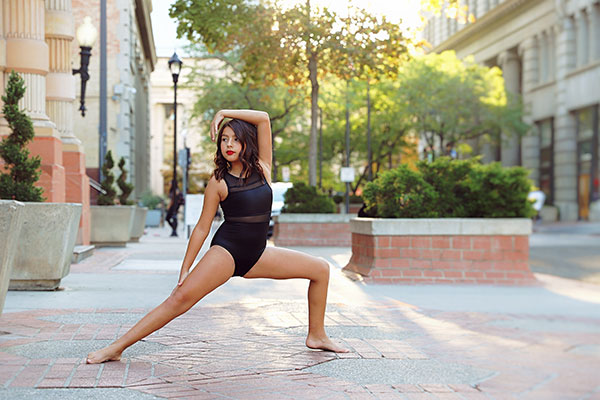It’s a common joke that whenever our muscles get cramped or tired from dancing that we say “we are getting old” or we’re “out of shape”. But the truth is even the fittest and youngest dancers still suffer from different types of muscle fatigue when repeatedly working certain muscles while dancing. Keep in mind that being sore is not a bad thing. It is just part of the process of breaking down old muscle and rebuilding stronger muscle fibers. With that being said, here are a couple of tips to help treat you through that process.
Know your limits. When it comes to dancing some soreness will be expected. Because you are working on strengthening certain muscles. However you do have to consider if the pain that you are feeling is exceptionally sharp or just regular cramps. A lot of times dancers will convince themselves that they can just dance through it. But dancing should not cause severe pain and if it does start to do that, it is best to stop moving immediately. To help with that sudden pain you should gently stretch the aching muscle and simultaneously squeeze or knead it. Remember it is not good to start back dancing immediately after massaging your muscles. Give your blood flow sometime to recover and start circulating the affected area.
Warm them up and cool them down. Our bodies are not meant to be thrown into intensive activity at the blink of an eye. We have to warm our muscles as in a way to help jump start them before beginning to dance. Setting aside an extra 10-15 minutes to stretch before and after class to pay attention to your muscles and any sore areas will make a huge difference. Another thing that might not normally occur to you is to pay attention to the weather outside. If it is cold, make sure to wear a jacket to keep your muscles warm because then they are less prone to experiencing joint pains and are more flexible.
Hydrate. One of the easiest things you can do to protect and heal your muscles is to drink water. Staying hydrated is critical not only before your workout but through it as well because it helps decrease inflammation and prevent muscle cramps. Another substance that can greatly improve your performance and muscles is electrolytes. When you sweat a lot, you tend to feel more tired than normal and weaker. Replenishing your body with electrolytes helps replace those and energy that has been burned during your dancing. Water is an essential part in preventing cramps as well as curing them. The more water you drink, the more you are lubricating your joints which will in turn help your muscles perform better.
R.I.C.E. Rest, Ice, Compression, Elevate. The RICE method is intended to minimize muscle discomfort and help hasten the recovery of any strained muscles. The first step is to rest. Often times you will hear the saying “no pain, no gain” which can make things severely worse if you just try to ignore your body telling you that its hurting. It will shorten your recovery time greatly and reduce the risk of further injuring yourself; take a break and rest for a little.
The next thing to do is ice the irritated area. Whether its with an ice pack or even a bag of frozen vegetables, placing it on the inflamed area will help reduce swelling and pain. For the best results you should ice in increments of 15-20 minutes every 3 hours. It is important that you do this within the first 24-48 hours of soreness.
Next step is compression. It helps to wrap the irritated area because by doing so it will prevent it from getting inflamed and swollen. Be careful not to wrap the area too tightly however, because that can disrupt your blood flow from adequately circulating. Last thing to do is elevate. In order to properly do this, you will want to raise the irritated area so that it rests above the level of your heart. In doing this you are reducing pain, throbbing, and swelling, by positioning the affected area higher than your whole body, so that the waste products move away from the inflamed muscle tissue.
Extra care. With the medical field always growing there have been numerous other ways developed that are to help relieve you of muscle soreness quickly. Everyone is different and will prefer some methods over others but after you have exhausted all of these tips here are a couple of other things to try!
- Professional Massage
- Foam Rolling
- Sauna
- Red Light Therapy
- Cryotherapy
- Acupuncture

